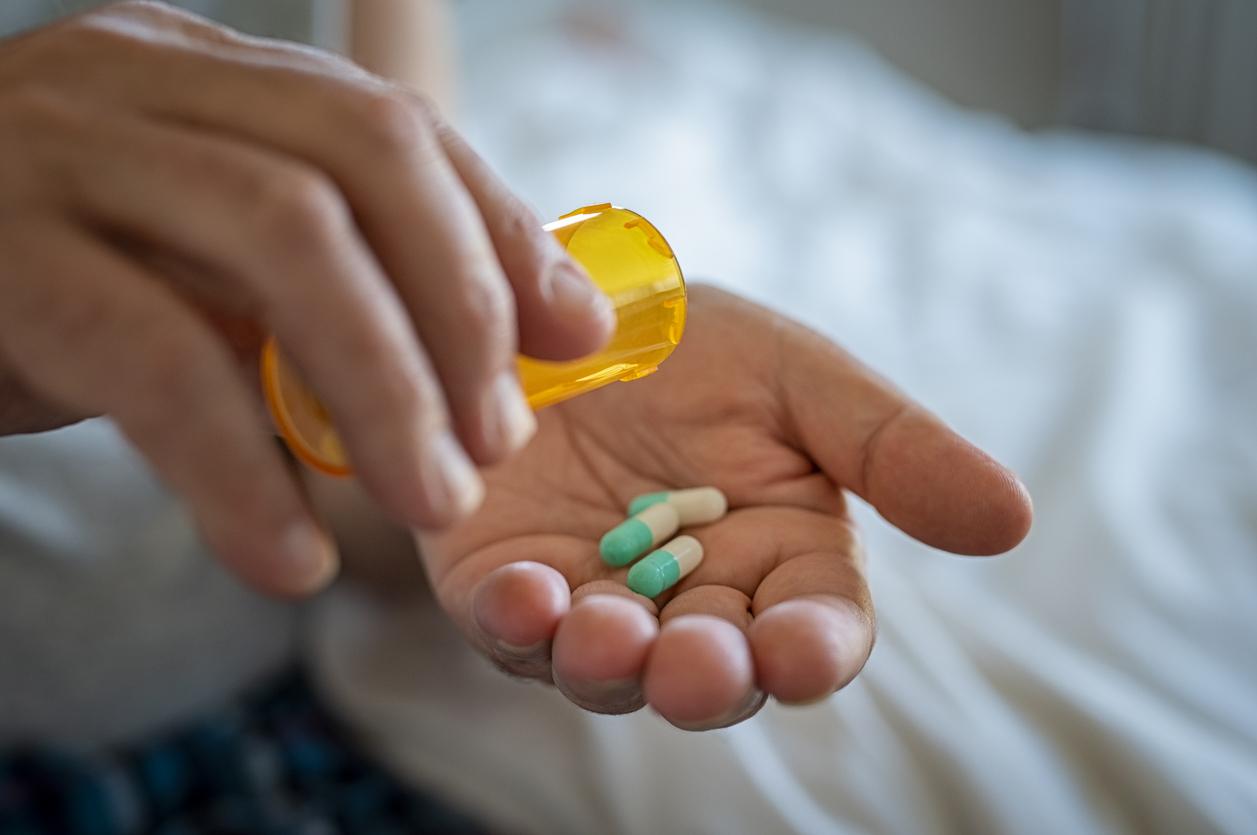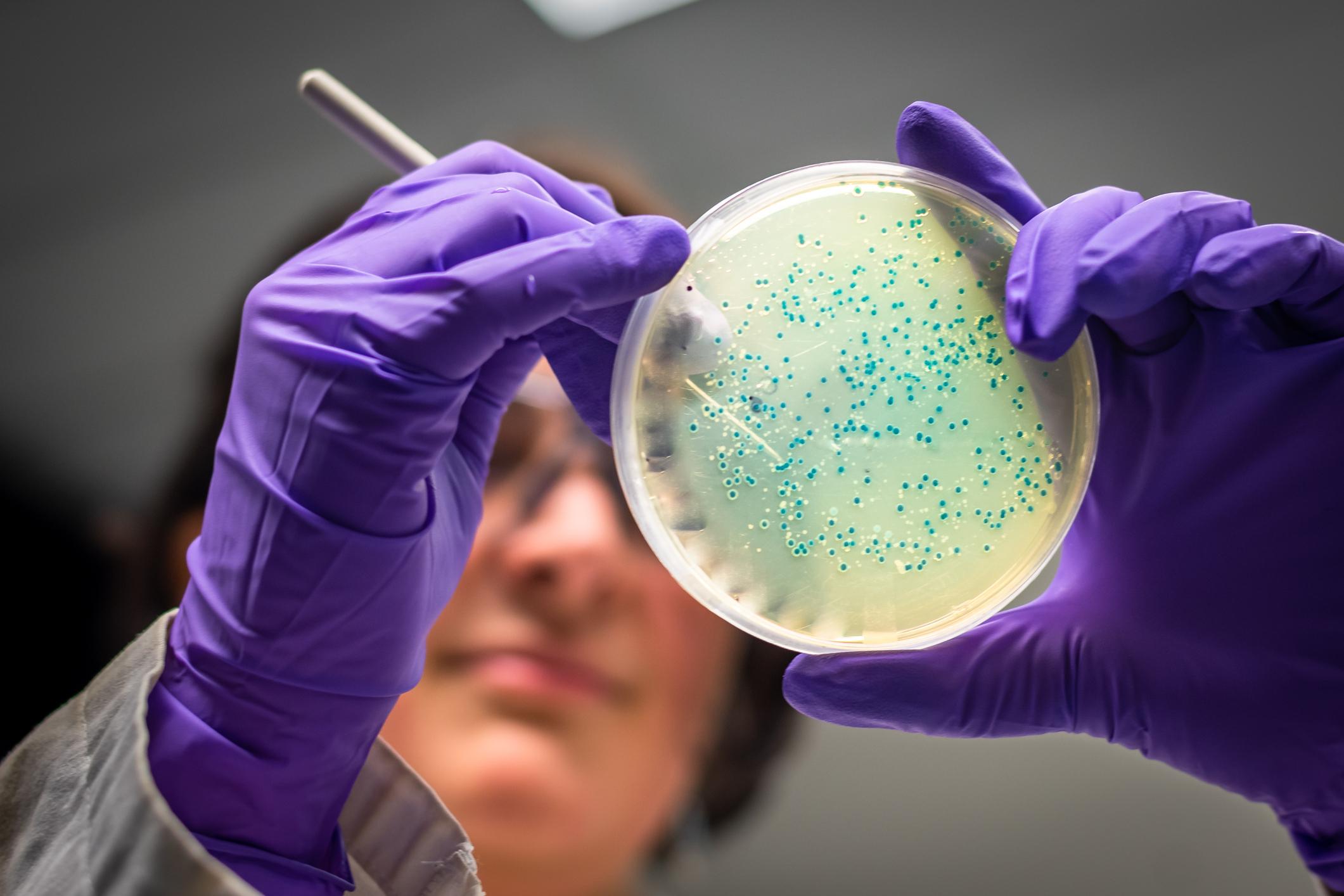The increase in the number of bacteria becoming resistant to antibiotics is considered by the World Health Organization (WHO) to be one of the “most serious threats to global health”. Researchers at Rockefeller University in the United States then looked for the antibiotic of tomorrow in billion bacteria that are in the ground. The results of this study, published in Nature microbiology, show that they are on the right track.
The authors of this study first recall that, “despite the wide availability of antibiotics, infectious diseases remain one of the main causes of death in the world ”. They estimate that if no new therapy emerges, “death rates from intractable infections are expected to increase more than tenfold by 2050”. However, the search for new antibiotics, made by bacteria, has been put aside because of the effectiveness of those already on the market.
Malacidin, effective against Staphylococcus aureus
The research team has developed a technique to analyze and sort the 100,000 species of bacteria living in each gram of soil. It is based on genetic sequencing as well as bioinformatics analysis. They then examined more than 1,800 ecologically and geographically diverse samples collected across the United States. The researchers noticed the recurring presence of a distinct class of antibiotics, yet not listed: malacidin. This molecule had to have an important role to be so abundant. To find out, they tested the compound on staphylococcus aureus methicillin resistant, previously instilled in rats. Results, malacidin succeeded in destroying staphylococcus.
The authors cannot yet say whether this discovery will ever lead to a clinical phase and commercialization. The research team will continue its work to identify other antibiotics hidden, so far, under our feet.
Read also :
Antibiotic resistance: the UN warns the planet
The French still take too many antibiotics

















